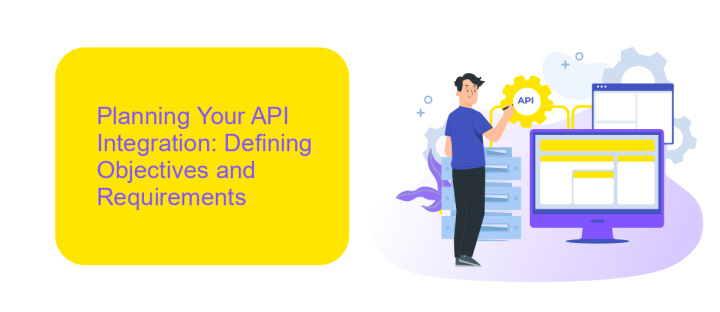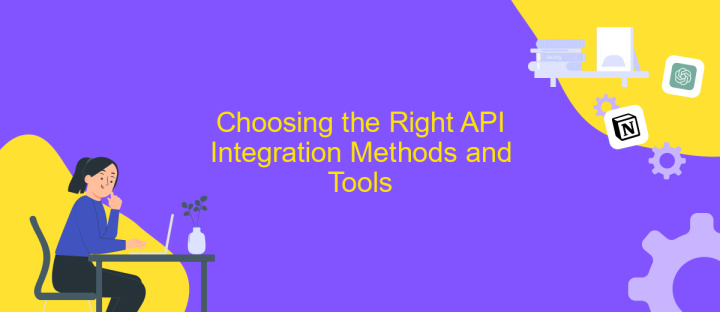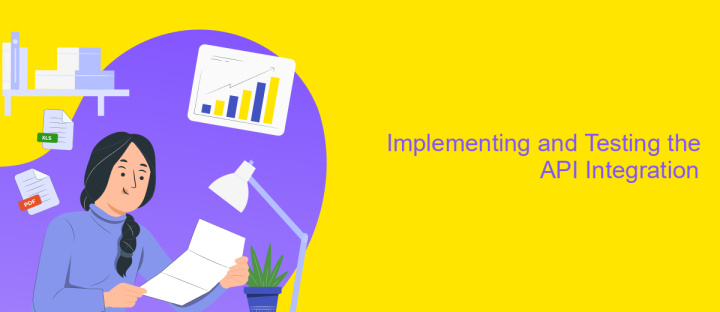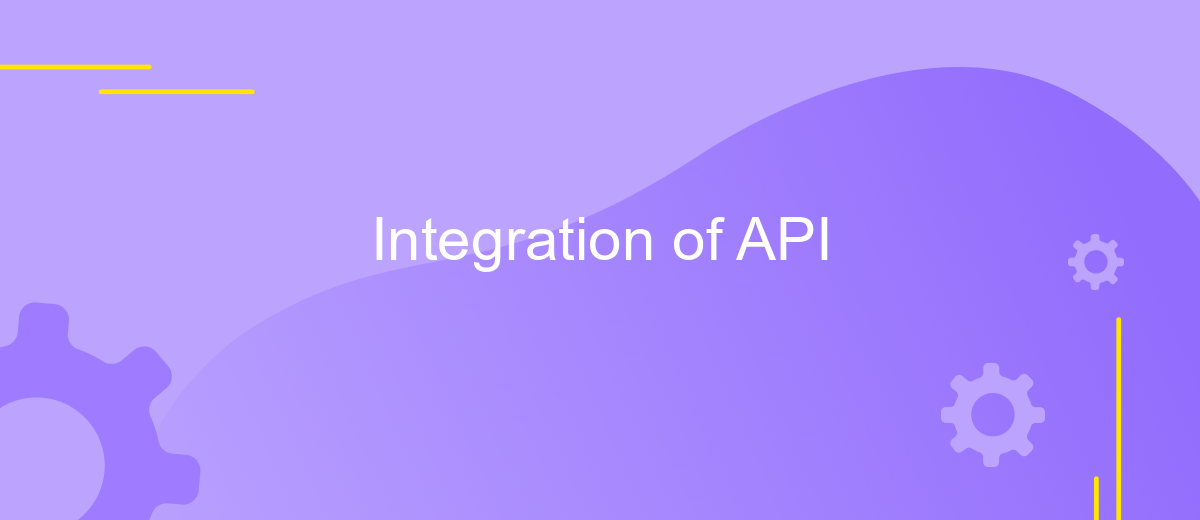Integration of API
In today's digitally-driven world, the integration of Application Programming Interfaces (APIs) has become a cornerstone for enhancing the functionality and interoperability of software applications. APIs enable seamless communication between different systems, allowing businesses to streamline operations, improve user experiences, and foster innovation. This article explores the fundamental aspects of API integration, highlighting its significance, benefits, and the best practices to ensure successful implementation in various technological landscapes.
Understanding APIs and Their Role in Integration
APIs, or Application Programming Interfaces, are crucial components in modern software development, enabling different software systems to communicate and interact seamlessly. They define a set of rules and protocols for building and interacting with software applications, facilitating data exchange between disparate systems. APIs serve as intermediaries that allow applications to access the functionalities and data of other applications, thereby promoting integration and interoperability.
- APIs enable software components to communicate, enhancing functionality.
- They allow developers to access external services and data efficiently.
- APIs support scalability by enabling modular application development.
- They facilitate third-party integrations, expanding application capabilities.
In the context of integration, APIs play a pivotal role by bridging the gap between different systems, allowing them to work together harmoniously. This integration capability is essential for businesses seeking to leverage multiple technologies and platforms to provide comprehensive solutions. By employing APIs, organizations can streamline operations, improve user experiences, and foster innovation through the seamless combination of various tools and services.
Planning Your API Integration: Defining Objectives and Requirements

When planning your API integration, it is crucial to begin by clearly defining your objectives. Understanding the specific goals you aim to achieve through the integration will guide the entire process. Whether you are looking to enhance data synchronization, automate workflows, or improve user experience, setting clear objectives will help you measure the success of your integration. Additionally, consider the scalability of your solution. As your business grows, your API integration should be able to accommodate increased data flow and functionality requirements.
Once your objectives are defined, the next step is to outline the requirements necessary to achieve them. This involves identifying the data inputs and outputs, security protocols, and any third-party services you may need to integrate with, such as ApiX-Drive. ApiX-Drive can streamline the integration process by offering a user-friendly platform that connects various applications effortlessly. Ensure that your requirements are comprehensive and align with both your short-term and long-term business goals. Proper planning and requirement gathering will pave the way for a smooth and effective API integration.
Choosing the Right API Integration Methods and Tools

When integrating APIs, selecting the appropriate methods and tools is crucial for seamless functionality and efficiency. The right choices can significantly impact the performance, scalability, and maintainability of your applications. It's essential to consider factors such as the complexity of your project, the specific requirements of the API, and the expertise of your development team.
- Evaluate the API documentation: Ensure it is comprehensive, clear, and regularly updated.
- Consider the type of API: REST, SOAP, GraphQL, or others, and choose based on your needs.
- Assess compatibility: Check if the API is compatible with your existing systems and technologies.
- Security features: Prioritize APIs with robust security measures, such as OAuth and HTTPS.
- Tool support: Opt for APIs with strong community support and available integration tools or SDKs.
By carefully analyzing these aspects, you can make informed decisions that align with your project goals and technical environment. This ensures a smoother integration process, reduces potential errors, and enhances the overall user experience. Remember, the right methods and tools not only streamline development but also future-proof your applications against evolving technological trends.
Implementing and Testing the API Integration

Implementing an API integration begins with a clear understanding of the API's documentation. This involves reviewing the endpoints, authentication methods, and data formats. It's essential to ensure that the API aligns with the project's requirements and that any limitations or rate limits are noted.
Once the groundwork is laid, the next step is to write the code that will interact with the API. This typically involves setting up HTTP requests using the appropriate methods (GET, POST, PUT, DELETE) and handling responses. Error handling is crucial to manage potential issues like network failures or unexpected data formats.
- Read and understand the API documentation thoroughly.
- Set up authentication and configure API keys securely.
- Implement error handling for robust integration.
- Log API requests and responses for monitoring and debugging.
Testing the API integration is crucial to ensure its reliability and efficiency. This involves using tools like Postman to simulate requests and verify responses. Automated tests can be created to check for consistent behavior under different scenarios. Regular testing helps in identifying and fixing issues promptly, ensuring a seamless integration process.
Monitoring, Maintaining, and Optimizing API Integrations
Effective monitoring of API integrations is crucial for maintaining seamless operations. Regularly tracking API performance metrics such as response time, error rates, and data accuracy helps identify potential issues before they impact users. Tools like ApiX-Drive offer real-time monitoring and alerting features, ensuring that your integrations run smoothly. By setting up automated alerts, you can quickly respond to anomalies and maintain the reliability of your API connections, minimizing downtime and enhancing user satisfaction.
Maintaining and optimizing API integrations involves continuous evaluation and improvement. Regular updates to API endpoints and authentication protocols are necessary to keep up with evolving technology and security standards. Utilizing platforms like ApiX-Drive can simplify this process by providing a user-friendly interface for managing integrations. Additionally, analyzing usage patterns and performance data can reveal opportunities for optimization, such as load balancing and caching strategies. By proactively maintaining and optimizing your API integrations, you ensure they remain efficient, secure, and aligned with business objectives.
FAQ
What is an API and why is it important for integration?
How can I integrate an API with my existing systems?
What are some common challenges faced during API integration?
How do I ensure data security when integrating APIs?
What should I consider when choosing a platform for API integration?
Apix-Drive is a simple and efficient system connector that will help you automate routine tasks and optimize business processes. You can save time and money, direct these resources to more important purposes. Test ApiX-Drive and make sure that this tool will relieve your employees and after 5 minutes of settings your business will start working faster.

